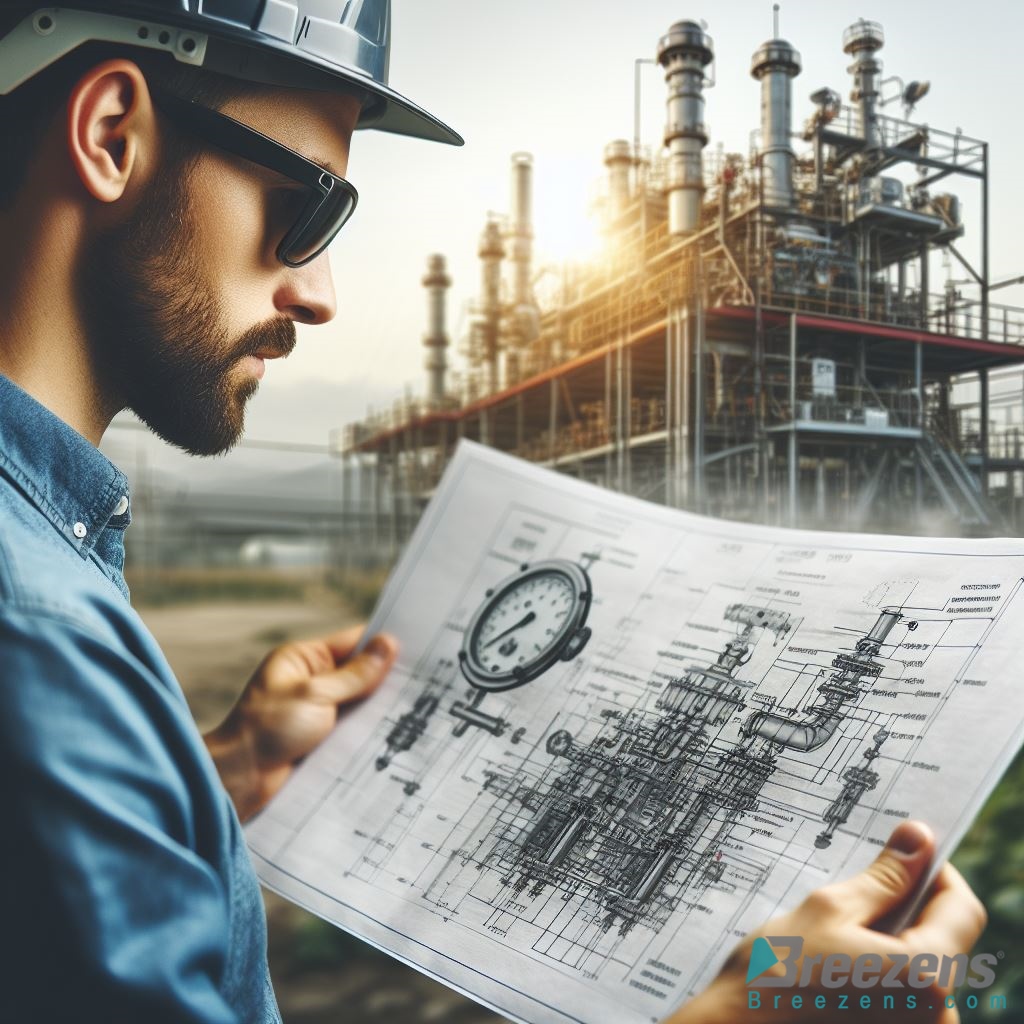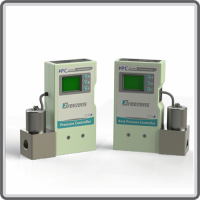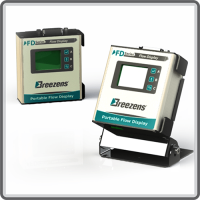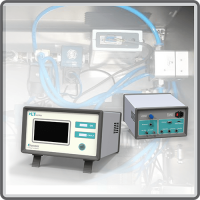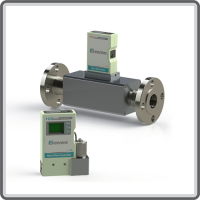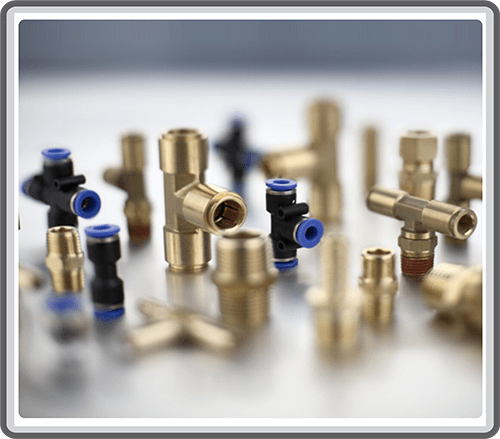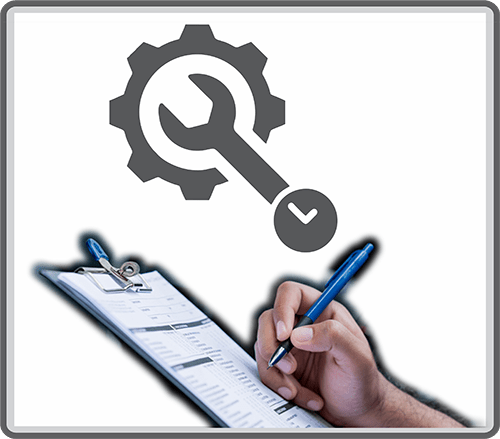1) Optimal Mounting Position
For best results, install the flow meter horizontally. This is especially important for high-pressure applications (above 10 bar for by-pass instruments). Avoid proximity to mechanical vibrations and heat sources.
2) Smooth Flow Path
Prevent turbulence by avoiding abrupt angles or objects in the flow path, particularly for high flow rates. Maintain a distance of at least 10 times the pipe diameter between angles and the inlet of the flow instrument.
3) Name Plate Details
Examine the instrument’s name plate before installation. Check crucial details such as electrical connection, flow range, measured media, inlet/outlet pressure, operating temperature, ATEX classification (if applicable), and input/output signals. Ensure the sealing material is compatible with the process gas.
4) Electrostatic Discharge (ESD)
Handle the flow instrument with care, as it contains electronic components sensitive to electrostatic discharges (ESD). Avoid contact with charged objects or persons to prevent potential damage or failure.
5) Pressure Application
Only apply pressure after making electrical connections. Be cautious to avoid pressure shocks, and gradually increase pressure to the system.
6) Piping Inspection
Ensure the system’s piping is clean before installing the instrument. For absolute cleanliness, use filters to guarantee a moisture and oil-free gas stream. Install an in-line filter upstream of the mass flow meter or controller and, if backflow is possible, consider a downstream filter or check valve.
7) In-Line Installation
Follow the supplier’s instructions to install the mass flow meter or controller in the line. Tighten fittings according to the supplier’s recommendations.
8) Consider Piping Diameter
Avoid small diameter piping for high flow rates, as it can impact accuracy and lead to excessive pressure drops. Selecting the right piping diameter is crucial to minimize turbulence effects.
9) Leak Testing
Prior to applying fluid pressure, always check the system for leaks, especially when dealing with toxic, explosive, or hazardous fluids.
10) Power Up
Apply power to the flow meter or controller and allow approximately 30 minutes for warm-up and stabilization. This can be done with or without fluid pressure applied to the system.
